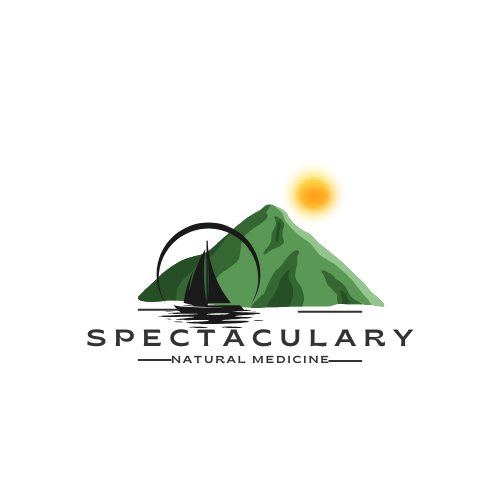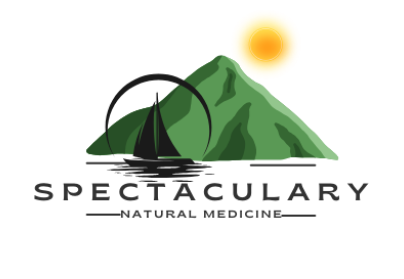
BAYDAR VALLEY
The name of the Baydar Valley, translated from the Tatar language, means “rich” valley. Its length is 17 kilometers. This is one of the greenest places in Crimea. 5 thousand years ago, Tauris inhabited the valley. This is the most famous site of primitive people in the vicinity of Sevastopol. On the territory of the village of Rodnikovskoye, there are village menhirs. These are vertically standing stone blocks that resemble obelisks. Menhirs represent the first example of conscious human construction activity. They lined up in one line, with their flat sides facing west and east. They served as places of worship. Baydar menhirs are the largest found in southeastern Europe.
Another architectural form found in the Baydar Valley is dolmens. This is the next stage in the development of primitive architecture. Dolmens are structures consisting of vertical flat slabs covered with a flat slab in the shape of a roof. This design is the ancestral tomb of the Tauri and is often found in the Baydar Valley.
Also, Roman roads passed through the valley, connecting Chersonesos and the fortress of Charax. Near the villages of Orlinoe and Tylovoe, the ruins of ancient walls have been preserved.
Here is also the famous Skelskaya Cave, a natural monument consisting of several beautiful halls. The main attraction of the cave is a huge stalagmite, about 7 meters high. The length of the halls and galleries of the Skelskaya Cave is 570 meters. The central part of the Baydar Valley is occupied by the Chernorechenskoye Reservoir, which is the main source of water for Sevastopol. The Black River feeds it.
ROSTOVSKY NATURE RESERVE

The State Rostov Nature Reserve in the southeast of the Rostov region occupies part of the territories of the Oryol and Remontnensky districts and the adjacent shores of the beautiful Lake Manych-Gudilo. The sprawling, wide steppe of the reserve makes an indelible impression at all times of the year. In spring, it pleases the eye with its carpets of first flowers. In summer – silk threads of feather grass and bird colonies of the islands of the lake.
In the fall, you don’t want to say goodbye to demoiselle cranes, which gather in flocks, leaving their homes for the winter. And in winter, against the backdrop of steppe snow, wild Mustang horses rush with beautiful gait, breaking the silence of frozen nature with their stomp. The Rostovsky Nature Reserve is of federal importance; it occupies more than 9.5 hectares of the Don steppe.
The reserve is conventionally divided into four administrative sections: Ostrovnoy, Starikovsky, Krasnopartizansky, and Tsygan-Khak. Rare, unique flora and fauna became the reason for the creation of the reserve. Of particular value are wild tulips, fascinating with their innocence and beauty during flowering, and wild feather grass, listed in the Red Book. Wild animals living in the steppes of the reserve are no less in need of protection.
LOTUS VALLEY

The Lotus Valley is a fabulous place in the Akhtanizovsky estuary of the Taman Peninsula. The Indian pink lotuses that appeared here in the late 80s turned this place into a fairy tale. The leaves and flowers of this lotus do not float on the water but rise high above it on thick cuttings. Flowers measuring 10-15 cm bloom by mid-July, turning the water surface of the estuary into an incomparable spectacle. Lotus is an edible plant.
The Chinese and Japanese happily take advantage of this, absorbing the roots, grains, leaves and stamens of the flower. In Russia, such rituals with lotus are prohibited (in the Krasnodar region, the “Indian miracle” is listed in the Red Book). You should also not try to pick a lotus: the life of a lotus deprived of its natural habitat will last no more than 15 minutes. You are allowed to approach the plant and whisper to it the name of your loved one. There is a belief that if you do the above steps, then love will live with you for the rest of your life.
YAKHNO GARDEN
The Taman Peninsula cannot boast of abundant vegetation. The terrain here is mostly steppe; there is practically no forest. Therefore, a densely forested area on the shore of the Tsokur estuary immediately stands out against the background of another territory. About 100 years ago, a Cossack named Yakhno planted this garden, and the trees took root. Nowadays, Yakhno Garden is a popular holiday destination among residents of nearby villages. It is located on the slopes of Mount Bald, which can be considered a hill. A dirt road leads to the garden; you can get to the beginning of the forest using either an all-wheel drive or a regular city car – the road is quite passable. But the roads leading to the garden itself are not so good; it all depends on the weather and time of year.
SHIP THICKET
The Ship Thicket Nature Reserve is a protected place on the banks of the Porbysh River in the Udora region of the Komi Republic, on the border with the Arkhangelsk region. It is also called Prishvinsky Forest because, in 1935, Mikhail Prishvin visited here; following the results of his trip, he wrote the essay “Berendey’s Thicket” and the fairy tale “The Ship Thicket”. A trip to this relict forest, even today, makes it possible to get closer to the very heart of northern nature, to feel like a small part of that world where “the fate of one living creature is often decided by the shadow falling on it from another.”
KATU-YARYK PASS

The Katu-Yaryk pass (translated from Turkic – a solid crack in a mountain, a gorge, a gorge ) is the gateway to the protected region – the Chulyshman Valley, thanks to which this fabulous corner of the Altai midlands has become open to the world. It is located 47 km from Ulagan, away from the busy Chuysky tract, on a section of the road leading from the village of Balyktuyul to the south of Lake Teletskoye – the only transport artery connecting the Chulyshman valley with the mainland. If in the middle with.
Balyktuyul turn right following the sign “To Balykchu”, then after 31 km of a picturesque dirt road winding along the Ulagan Highlands, passing the Pazyryk mounds, admiring the taiga and blue lakes deep below along the way, you will find yourself at the pass. When you get here for the first time, what you see is simply breathtaking. The car descent goes to the right, and on the left – at the highest point of the pass – there is an observation deck from where stunning views open up: below, Chulyshman meanders like a narrow green ribbon, on the opposite side of the gorge – the Chulyshman Highlands, plunging into the valley with sheer rocky walls about a kilometre high, along which it falls almost 100-meter waterfall.
On most of the highland territory, there is the Altai State Biosphere Reserve – the largest in Altai. On the right, you can see several zigzags of the road from the pass; on the left, you can see the gorge going towards Lake Teletskoye, through which Chulyshman flows, with green and “plush”–looking mountains surrounding it.
VALLEY OF ROSES

As you might guess, the Valley of Roses, located in Kislovodsk Park, got its name due to the fact that a great variety of different types of roses grow here in an area of about three hectares. The territory of the valley is divided into several areas where about thirty types of roses are grown. Tiled paths and green lawns separate the plots themselves. In its lower part, the valley is quite wide and narrow as it rises.
Here, surrounded by a small forest, the upper part of the valley leads to the upper exit of the park. At the gate, you can take a photo with eagles, owls and other rare birds of prey. A local landmark is also popular among lovers of memorable photographs – a large crocodile carved from stone. Throughout the park, you can find many small restaurants and cafes. To complete the experience, many tourists use the cable car, since from above the Rose Valley offers an indescribably beautiful view.








